I am facing the following problem. I need to power my device (RC airplane) with 2 separate battery packs 12 V each in order to extend the capacity. Connecting them in series will not work, as the power stage is not prepared for that. When I connect 2 battery packs in parallel, and there is a difference in their voltage, they will charge each other, thus a large current will flow making them explode even. I thought of a simple fix for that, it is visible in the below schematics:

simulate this circuit – Schematic created using CircuitLab
With those 2 diodes I loose some power as voltage drop, but there is no current flowing between the batteries. What If I wanted to add a "voltage" balancing circuit in between them? Lets say if one battery is voltage is only 9 V, because its discharged a little bit, then the 12 V should charge it with set by me current, ie 2 A max. One could design a circuit for that but it would take some time and its not worth for this application I believe. Instead, I wonder either there are such IC's readily available? Bidirectional chargers of some sort? Could not find anything my self, but maybe I dont know how to name them? I would appreciate all help regarding this problem.


